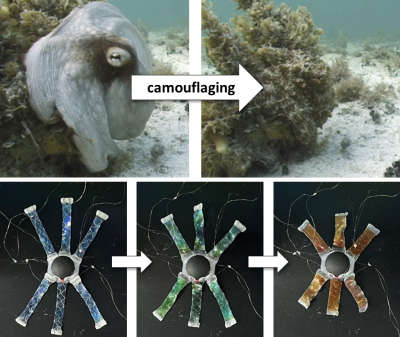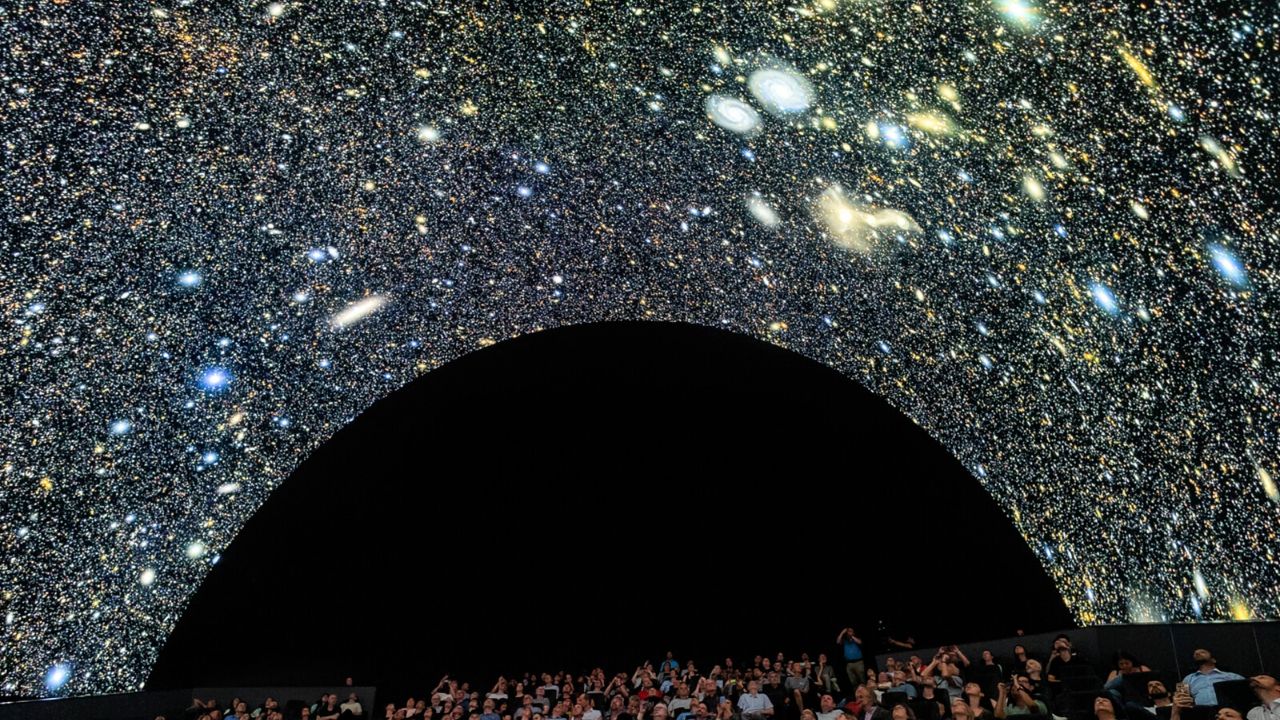On June 23, 2025, planetariums across the globe celebrated a significant milestone by unveiling the first images captured by the Vera C. Rubin Observatory. This event was marked by a live-streamed presentation from Washington D.C., where institutions like the historic Prague Planetarium participated in showcasing the captivating visuals of deep space.
The unveiling captivated audiences who gathered beneath the state-of-the-art LED displays in planetarium domes. These high-resolution images, considered some of the clearest ever taken, highlight the potential of the observatory’s groundbreaking technology.
Understanding the Vera C. Rubin Observatory
Located in Chile, the Vera C. Rubin Observatory is home to the world’s largest digital camera, a crucial component in its mission to conduct the Legacy Survey of Space and Time (LSST). This ambitious ten-year observational campaign aims to catalog billions of stars, galaxies, supernovae, and other celestial objects, significantly contributing to the search for dark matter.
The observatory’s advanced imaging capabilities allow scientists to capture data files that are larger than standard formats. This size demands innovative data management techniques, including the use of a “data butler” to help process the immense quantities of information. Such a sophisticated infrastructure ensures that the intricate details of the universe are visible, especially in immersive environments like planetariums.
The Impact of the Unveiling
The first images from the observatory have generated excitement among astronomers and the general public alike. The Prague Planetarium served as a vibrant venue for this global event, where attendees were able to appreciate the stunning visuals and gain insight into the observatory’s objectives.
According to M. Prouza from the Institute of Physics of the Czech Academy of Sciences, the images not only demonstrate the technological advancements of the observatory but also inspire a new generation of scientists and space enthusiasts. By making these images accessible, planetariums foster a greater understanding of the universe and our place within it.
As the quest for dark matter continues, the Vera C. Rubin Observatory stands at the forefront of astronomical research. With its powerful tools and innovative imaging techniques, it promises to unravel some of the universe’s most profound mysteries over the coming decade. Those interested in learning more about the observatory and its groundbreaking mission can find further information through various educational resources.





































































